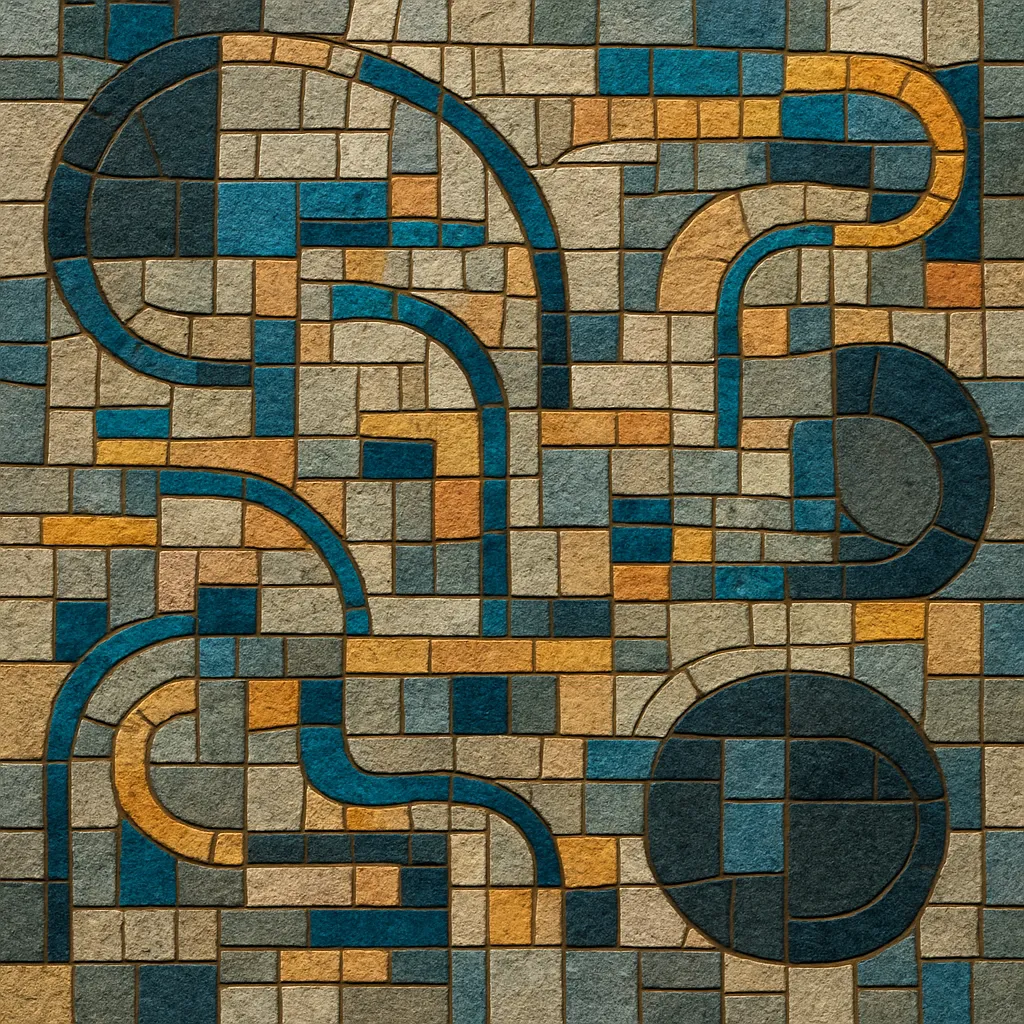Microhouse is a sparse, detail‑oriented strain of house music that strips grooves down to their essentials and focuses on micro‑edits, subtle percussive textures, and small timbral changes over time.
Typically hovering around 118–126 BPM, it favors dry 4/4 kicks, shuffled hi‑hats, sub‑bass pulses, and meticulously arranged glitches, clicks, and found sounds. Rather than big breakdowns, microhouse builds tension through repetition, negative space, and tiny variations, often borrowing the reductionist ethos of minimal techno and the textural play of glitch and IDM.
The result is club music that feels intimate and hypnotic: danceable yet restrained, warm yet abstract, and deeply attentive to sound design and micro‑timing.
Microhouse emerged in Germany in the late 1990s as a minimalist counterpoint to maximal, peak‑time house and techno. Producers in Cologne, Frankfurt, and Berlin began reducing arrangements to bare, grooving skeletons while importing the textural sensibilities of the glitch/“Clicks & Cuts” movement (e.g., Mille Plateaux compilations) and the conceptual rigor of minimalism. Early touchstones include Isolée’s work on Playhouse, Vladislav Delay’s Luomo project, Jan Jelinek’s Farben, and Thomas Brinkmann’s precise, percussive reductions.
In the early to mid‑2000s, labels like Kompakt (Michael Mayer, Superpitcher), Perlon (Zip, Ricardo Villalobos), Playhouse, Force Tracks, and Klang Elektronik helped define the sound globally. Ricardo Villalobos and Luciano stretched microhouse into long, hypnotic DJ tools, favoring subtle morphing over dramatic drops. Akufen popularized micro‑sampling techniques (tiny slices of radio/voice fragments re‑sequenced into funked‑out rhythms), which became a signature of the style.
Microhouse’s aesthetics align with minimal techno’s reduction but keep a house swing and warmth. Producers exploited DAW precision (Ableton Live, early plug‑ins) and meticulous editing to place clicks, pops, and incidental noises at rhythmic sweet spots. The focus moved from melody to groove, from arrangement spectacle to timbral nuance and micro‑timing.
By the late 2000s and 2010s, microhouse’s DNA could be heard in rominimal scenes, certain strains of lo‑fi/outsider house, and minimal approaches in drum & bass (microfunk/minimal DnB). The genre remains a go‑to for intimate rooms and audiophile dance floors, prized for its hypnotic restraint and sound‑design subtlety.


